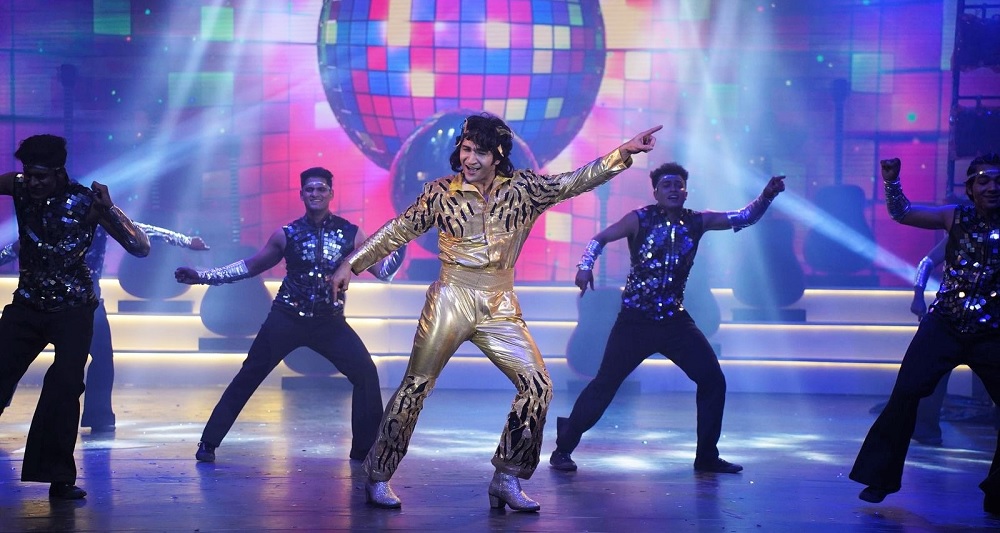
Disco is much more than a musical genre; it is a cultural phenomenon that emerged in the 1970s, forever transforming the landscape of music, dance, fashion, and social interaction. Originating from underground clubs and marginalized communities, disco grew into a vibrant movement that united diverse groups through its infectious rhythms and exuberant energy. Its influence continues to reverberate today, shaping contemporary music and pop culture while symbolizing an era of liberation, celebration, and stylistic innovation. To truly appreciate disco is to understand its origins, its cultural impact, and the timeless allure that keeps its spirit alive.
The roots of disco lie in the vibrant nightlife of New York City during the early 1970s, where a melting pot of African American, Latino, and LGBTQ+ communities sought a musical and social space that celebrated freedom and self-expression. Disco emerged from the fusion of funk, soul, Latin rhythms, and pop sensibilities, creating a sound that was both danceable and emotionally resonant. Unlike the rock music dominant at the time, disco emphasized groove and rhythm, crafted to keep dancers moving for hours on end. The pulse of the bassline, the shimmering strings, the steady four-on-the-floor beat—these elements combined to create an irresistible urge to dance, a physical expression of joy and unity.
One cannot discuss disco without acknowledging the central role of the nightclub, which functioned as a sanctuary where marginalized communities could gather and express themselves without judgment. Clubs like Studio 54 and the Paradise Garage became legendary spaces where music, fashion, and identity converged. The disco dance floor was a place of empowerment, where individuals transcended social constraints and celebrated individuality through extravagant outfits, fluid dance styles, and uninhibited joy. The culture of the disco club reflected broader social shifts of the era, including the ongoing fight for civil rights, sexual liberation, and the quest for inclusivity.
Musically, disco represented a bold departure from previous genres by embracing technology and production innovation. The use of synthesizers, drum machines, and multi-layered orchestration became hallmarks of the disco sound. Producers like Giorgio Moroder and Nile Rodgers pushed the boundaries of studio production, crafting lush soundscapes that were both sophisticated and accessible. Tracks such as Donna Summer’s “I Feel Love” and the Bee Gees’ “Stayin’ Alive” exemplified this approach, blending electronic beats with soulful vocals to create timeless anthems. This fusion of technology and artistry not only defined disco but also laid the groundwork for electronic dance music and pop productions for decades to come.
Disco’s cultural impact extended far beyond the dance floor. It influenced fashion, inspiring bold colors, glittering fabrics, platform shoes, and flamboyant hairstyles that became symbols of the era’s exuberance and defiance of conventional norms. The disco aesthetic celebrated glamour and individuality, reflecting the optimistic spirit of the time. Moreover, disco brought visibility to marginalized communities, particularly the LGBTQ+ population, who found acceptance and affirmation within the disco scene. The music and culture of disco championed inclusivity and joy at a time when many social groups faced significant discrimination.
Despite its widespread popularity, disco also faced backlash in the late 1970s, epitomized by the infamous “Disco Demolition Night” in 1979, an event that symbolized a cultural pushback against the genre. Critics disparaged disco for its perceived commercialism and association with marginalized groups, leading to its rapid decline in mainstream popularity. However, this backlash overlooked disco’s profound contributions to music and culture. Far from disappearing, disco evolved, influencing genres such as house, techno, and modern pop music. The rhythms, production techniques, and spirit of disco continue to pulse through contemporary hits and dance floors worldwide.
In recent years, disco has experienced a vibrant revival, embraced by new generations of artists and listeners who recognize its timeless appeal. Contemporary musicians like Daft Punk, Dua Lipa, and The Weeknd have incorporated disco’s infectious grooves and sophisticated production into their work, introducing the genre to fresh audiences while paying homage to its legacy. This resurgence highlights disco’s enduring relevance and its ability to adapt and inspire across decades. The disco revival also serves as a celebration of joy, dance, and inclusivity—qualities that remain as vital today as they were in the genre’s heyday.
Beyond music, disco’s legacy is also reflected in its broader cultural significance as a symbol of liberation and unity. In a world often divided by difference, disco’s ethos of acceptance and exuberant self-expression remains a powerful reminder of music’s ability to bridge divides. The dance floor becomes a microcosm of society, where barriers dissolve and people come together in celebration of life and community. This enduring message resonates deeply in contemporary society, underscoring the importance of joy, resilience, and human connection.
In conclusion, disco is far more than a nostalgic relic of the 1970s; it is a dynamic cultural force that transformed music, dance, fashion, and social norms. Its infectious rhythms, innovative production, and inclusive spirit challenged conventions and created spaces for expression and liberation. While it faced challenges and backlash, disco’s influence endured, evolving into new musical forms and inspiring generations of artists and fans. To embrace disco is to embrace a vibrant celebration of life—where music, movement, and community converge in an unforgettable dance of joy and freedom.



